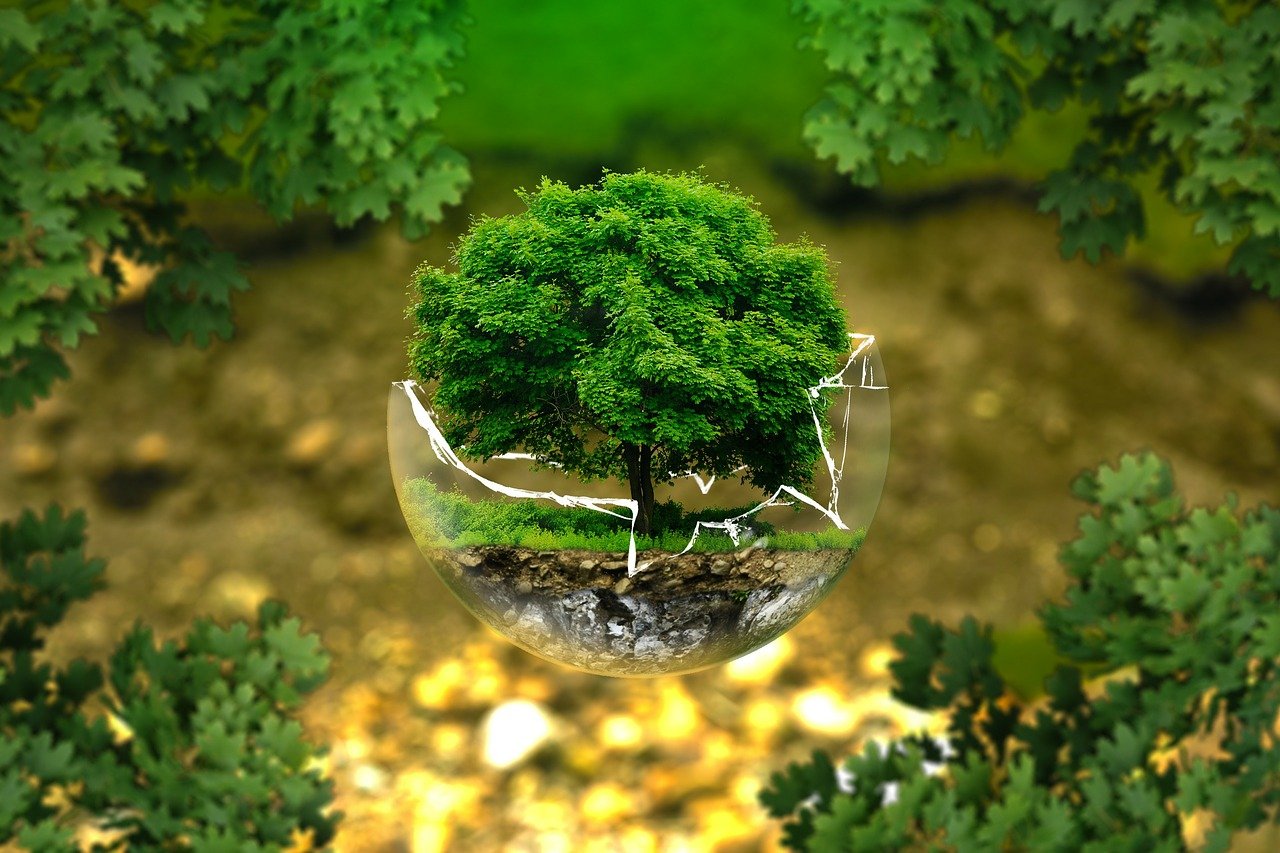The planet is on the verge of destruction. Every year, hurricanes are becoming stronger and more frequent, wildfires are increasing, and the seasons are becoming erratic.
The effects of climate change are already being felt in all parts of the world. It is time to do something about it.
Ordinary people can help the environment recover from the damages caused by human activity by making major lifestyle changes. Some have quit eating meat and meat products because the industry is one of the top emitters of greenhouse gases into the atmosphere. Others have been reducing the waste they produce by foregoing the purchase of products wrapped in single-use containers. More are choosing to purchase second-hand items and stop shopping fast fashion.
A self-sustaining home is eco-friendly. It is built to have a low impact on the environment by generating its own power, recycling their own waste, and producing their own food. Often, homes are made using upcycled and renewable materials.
That said, it is not exactly easy to achieve, but the effort will be worth it for households that want to, as much as possible, leave as little carbon footprint as possible. Here are ways you can build your own self-sustaining home.
Growing Your Own Food from Scratch
One of the first things you need to have is space to grow different fruits, vegetables, and grains. Because the aim is to reduce the amount of food that you buy from markets to a minimum, you would need to plant all kinds of vegetation within your property.
Homeowners should consider adding a greenhouse so that they can grow food all-year-round. You might also need to invest in machines built with the tried-and-tested Taege drill parts to make the task much easier. After all, you would be producing food for all members of the family. A simple backyard garden may not cut it.
Also, be prepared to forage and eat wild vegetation like dandelions and cattails.
Sourcing Water for Drinking and Everything Else
Drinking water is probably one of your main concerns if you are considering this lifestyle. For a home to become truly self-sustaining, it has to have its own source of water.
Many homes have a well of drinking water. For other stuff, you can collect rainwater.
You can acquire a rain barrel system that collects rainwater from the house’s roof and then send it to a container. Rainwater is usually used for washing or flushing in the toilet.

Powering Up Your Self-Sustaining Home
A self-sustaining home is off-the-grid. It generates its own electricity through renewable and eco-friendly sources, which, often, is the sun. It is no secret that, in most places around the world, coal and other non-renewable power sources are being burned, which sends greenhouse gases to the atmosphere.
A home that is kinder to the environment naturally would choose sustainable sources for electricity.
Acquiring solar panels allows a household to become self-sustaining. Whenever the sun is out, the panels will work hard to harvest the sunlight, which powers the entire home. It is very reliable because the sun always rises every morning. Even when the sun is blocked by grey clouds on a rainy day, the panels will continue to collect sunlight and produce electricity for your home.
It is more reliable than the grid, which often is subjected to weather conditions.
Managing Different Kinds of Waste
A self-sustaining home still creates different types of waste. How do self-sustaining households get rid of their waste?
Many people use what is called a composting toilet. As the name suggests, it turns waste into compost. It uses heat and sanitation to kill potentially harmful bacteria. The waste is then dehydrated so that it can be used on normal soil.
On the other hand, food scraps are also composted. They can be thrown in a regular compost pit and then scattered throughout the greenhouse to add nourishment to the earth for the plants to absorb.
Only Recycled and Renewable Materials
A self-sustaining house prioritises the use of recycled and renewable materials from construction to furnishings. It is better for the environment and typically much cheaper than regular building materials.
Many eco-friendly building materials are just as strong and reliable as others. If you are constructing a house from the ground up, look for contractors who share the same love for the environment so you can minimise the garbage you create.
Living in a self-sustaining house is a major lifestyle change. It will take a while before you fully get used to it. However, the sacrifices you make today are helping to ensure a beautiful world for future generations.